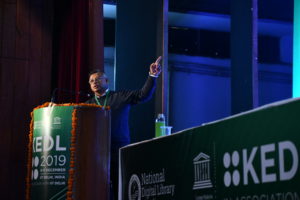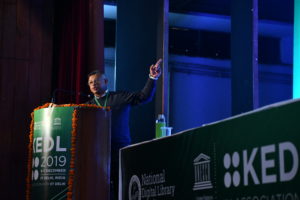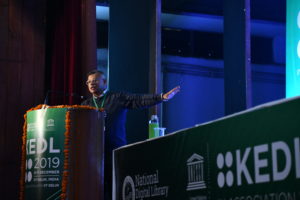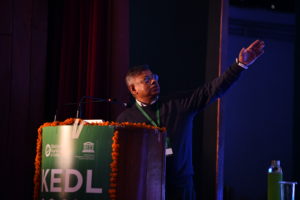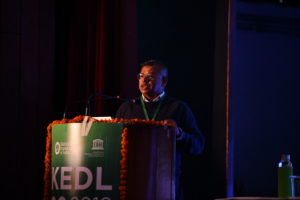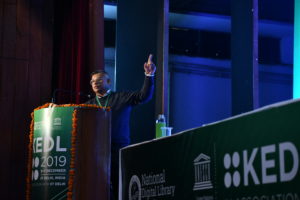9TH – 11TH DECEMBER 2019
SEMINAR HALL – IIT DELHI, INDIA
DIGITAL RECONSTRUCTION OF THE ARCHITECTURAL EVOLUTION OF INDIC TEMPLES ACROSS SOUTH-EAST ASIA
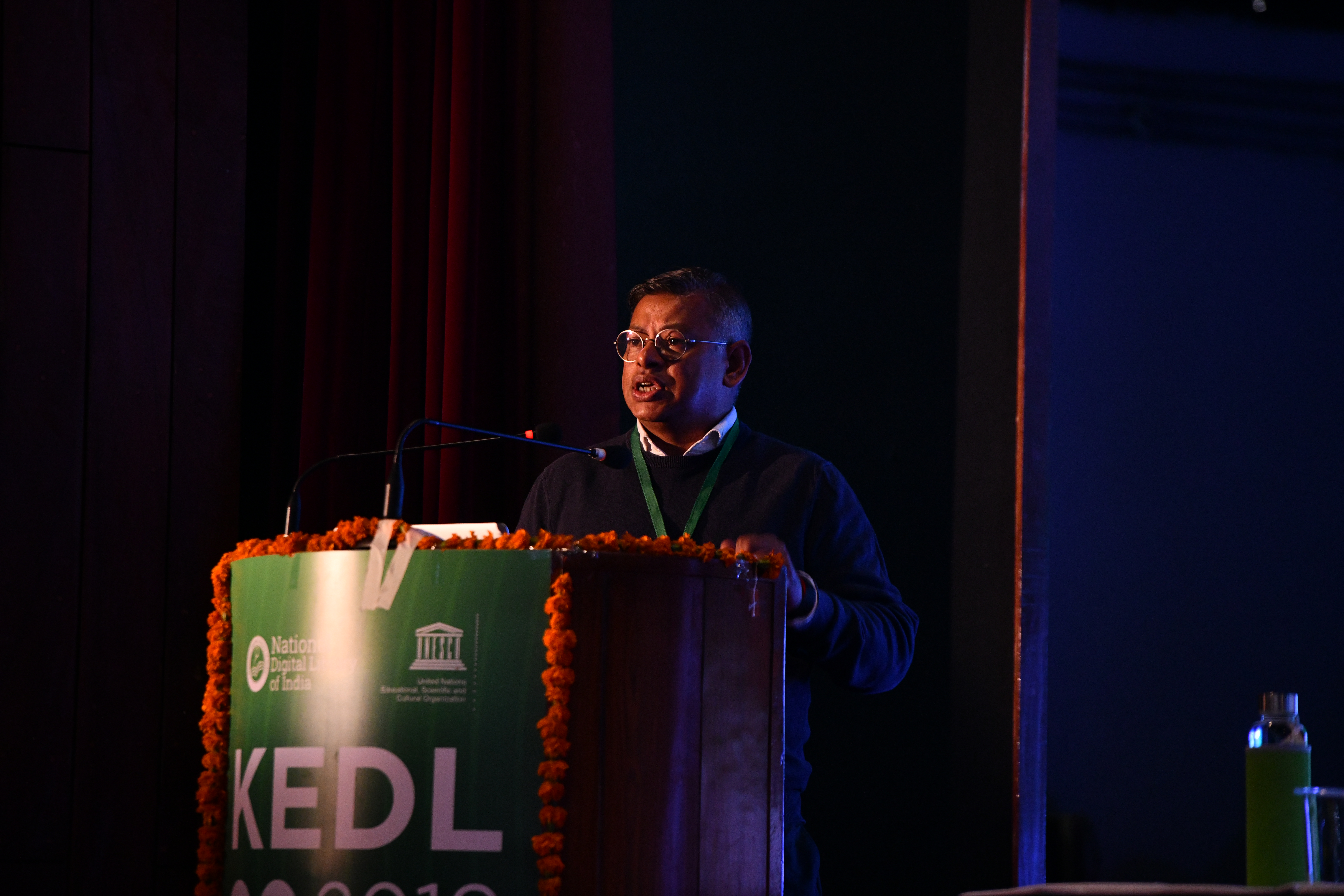
SAMBIT DATTA
Professor of Computational
Urban Science,
School of Electrical Engineering,
Computing and Mathematical
Sciences
Curtin University, Perth, Australia
11th Dec
9:40AM-10:20AM
Sambit Datta is Professor of Computational Urban Science in the School of Electrical Engineering, Computing and Mathematical Sciences of the Faculty of Science and Engineering at Curtin University. Prof. Datta’s research focus in computational design and urban science studies is developing new computational knowledge, processes and tools for understanding the architecture and the built environment. Professor Datta has published widely in the field of computational design; digital heritage; architectural computing, automation in construction, generative grammars, spatial syntax and the role of AI in Design.
Prof Datta studied architecture at the School ofArchitecture, Centre for Environmental Planning and Technology (CEPT) in Ahmedabad, India. He completed his Master of Architecture at the National University of Singapore and his doctorate inthe field of Computational Design at the University of Adelaide. He is a recipient of the MichaelVentris Memorial Award from the Institute of Classical Studies, Cambridge and the ArchitecturalAssociation, London. He is currently serving as Dean International at Curtin University. He is anAcademic Fellow at the Australia India Institute, Melbourne; an International Visiting Professor at IIT Kharagpur, India and Visiting Professor at the Idea Factory, NYUST, Taiwan.
ABSTRACT
The corpus of Indic temples built across South and Southeast Asia between the fifth and ninth centuries present an opportunity for the computational study of both historical and geographical aspects of architectural development and adaptation. As individuals, these temples are representative of a collective lineage of architectural production with common origins in classical treatises that describe their conception and construction. This paper presents the comparative representation and analysis of Indic temple architecture found across South and Southeast Asia. These traditions establish a consistent pattern of religious, cultural and technological ideas that transcend national and geographic boundaries over a significant period of time over a vast geographic area. Correspondences, or lack thereof, between the philosophical and technical descriptions in canonical texts of temple architecture, and the observed practice of the construction of surviving monuments provide a useful comparative method to establish linkages between the temple building traditions of South and Southeast Asia.
The study of this corpus has been the subject of previous work by the author employing digital methods of representation and analysis. Notably, this employment has involved virtual representations as re-representations that allow hidden elements and aspects of a building or site to be examined, permitting and providing a mode of presence for collections of artefacts and abstractions. Attribute features of a temple are captured from field measurements using close range architectural photogrammetry. Constructive geometry such as grids, geometric profiles and canonical descriptions are used to represent horizontal and vertical profiles. Together, they guide the development of 3D schematic reconstructions of individual temples that capture the architectural form of the temple but also the knowledge of temple production and their architectural evolution. Drawing upon canonical descriptions and previous scholarship on temple geometry, the paper will outline and explain schematic reconstructions of four individual temples. A comparative analysis of the similarities and differences between the temples reveals the role of canonical constructive mechanisms underlying these temples. Individual temples and their similarity features are categorized into as a series of related objects in compliance classes. More broadly, both method and vehicle posit a broader understanding of how individual buildings of a particular historical and philosophical lineage may be compositionally connected through digital reconstruction methods and provide a symbolic view of variance in architectural evolution over time.
PRESENTATION
Digital Reconstruction of the Architectural Evolution of Indic Temples across South-East Asia



